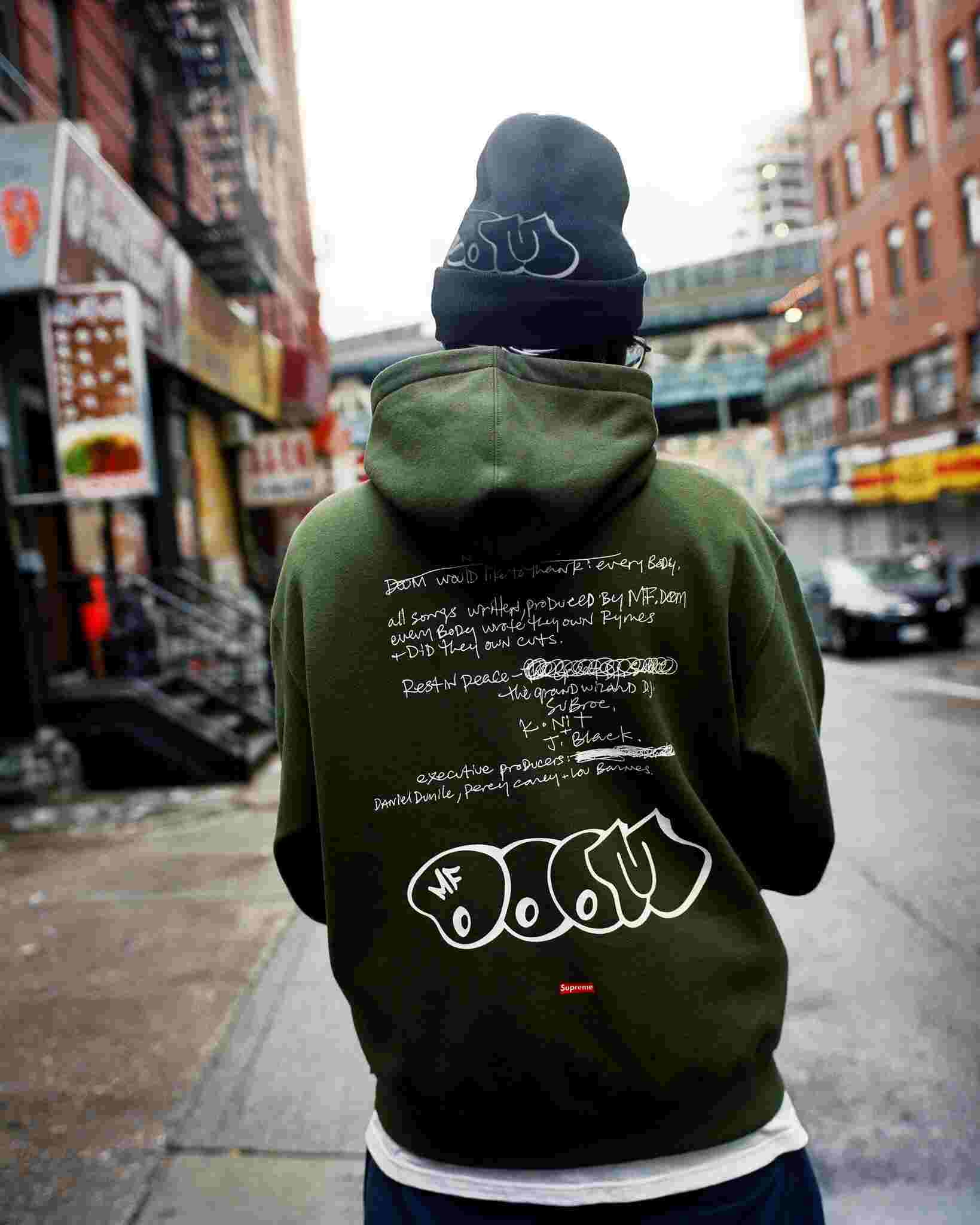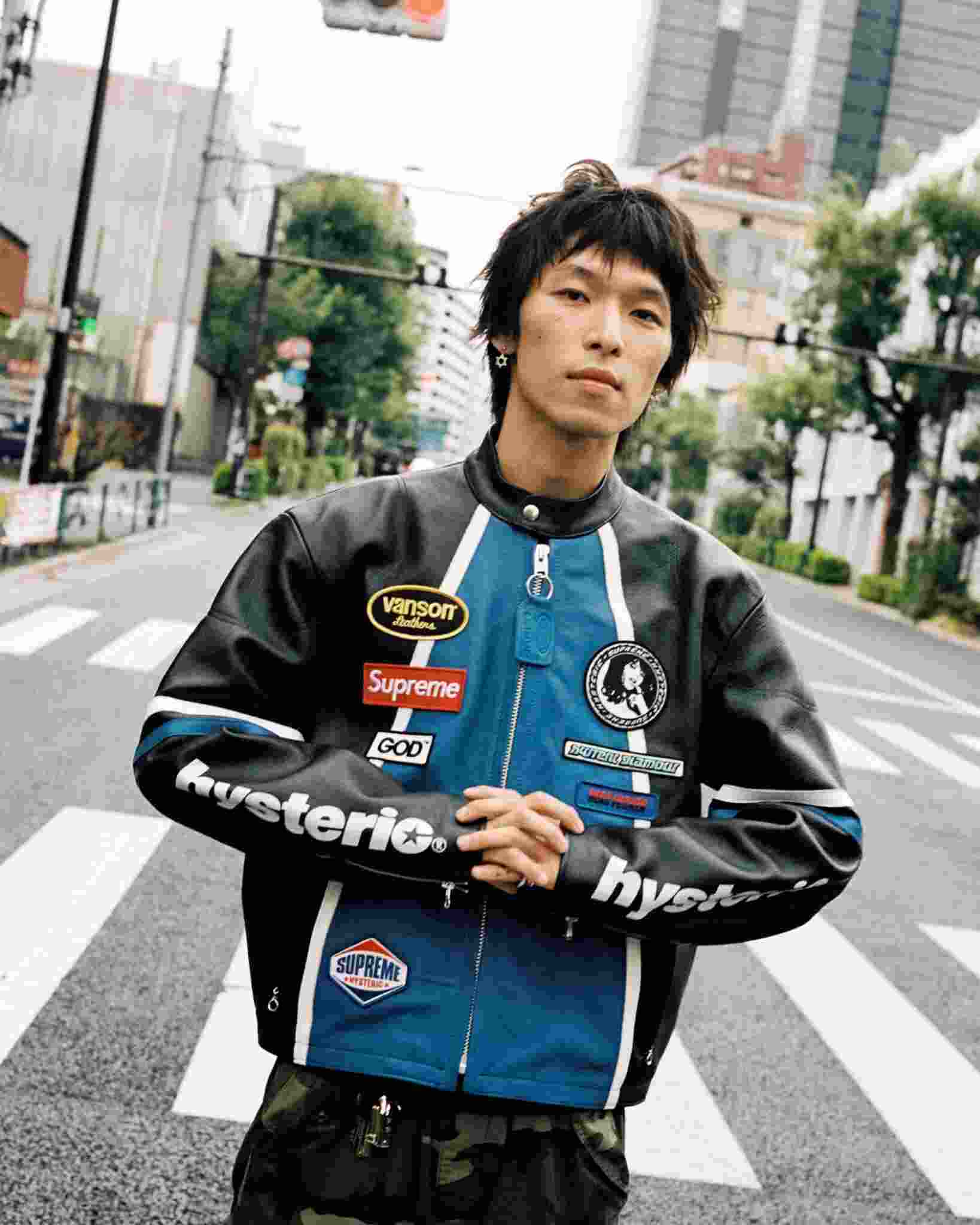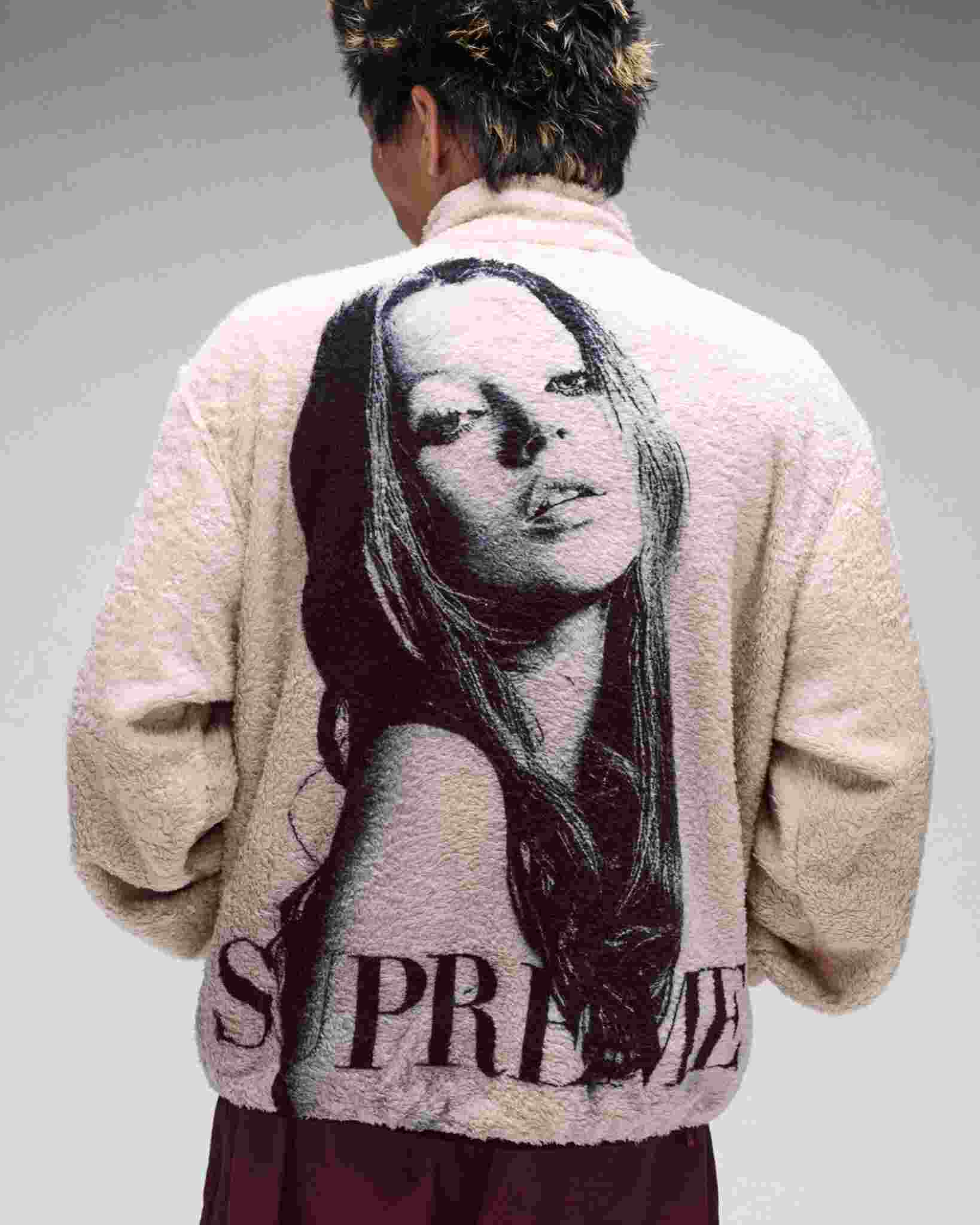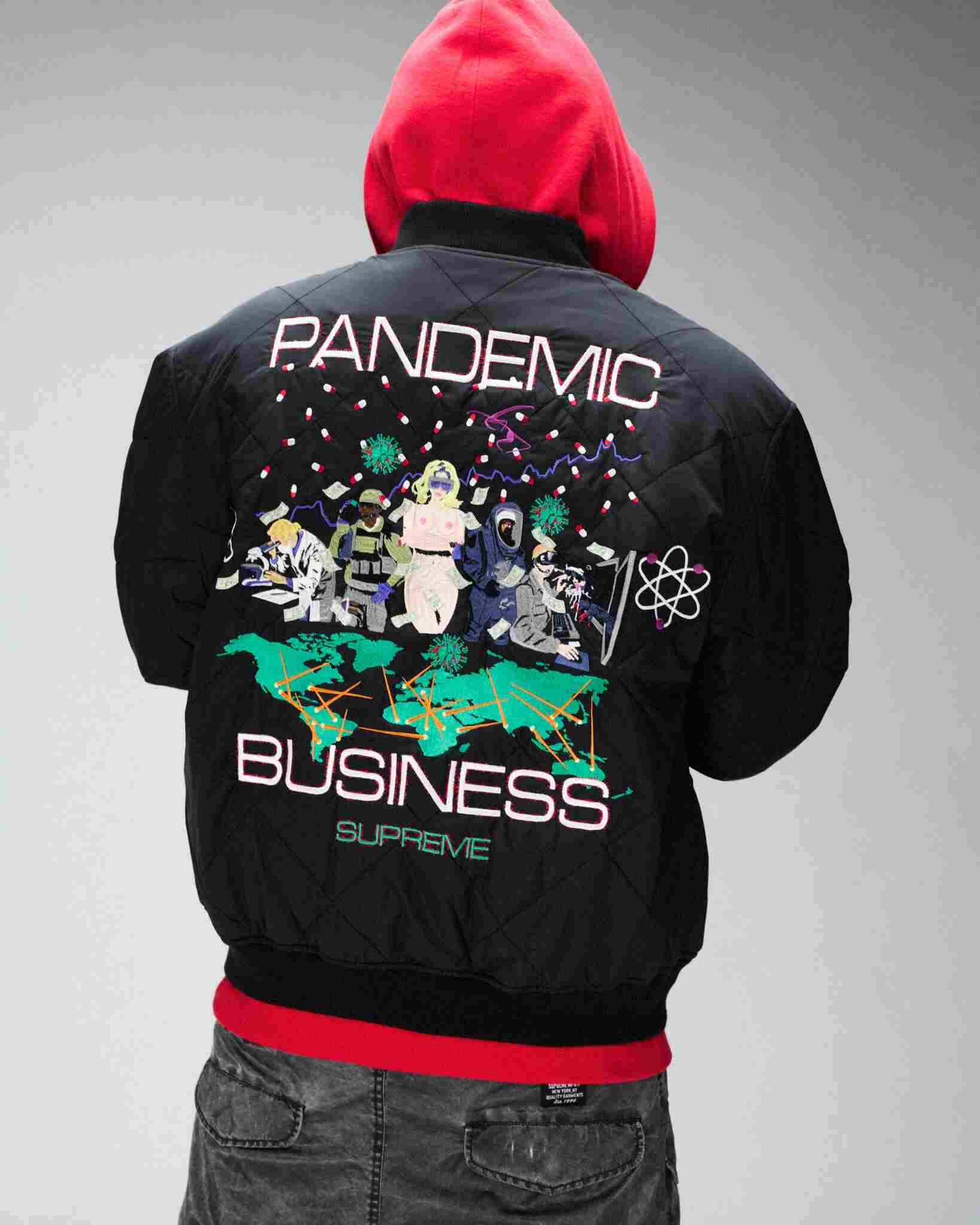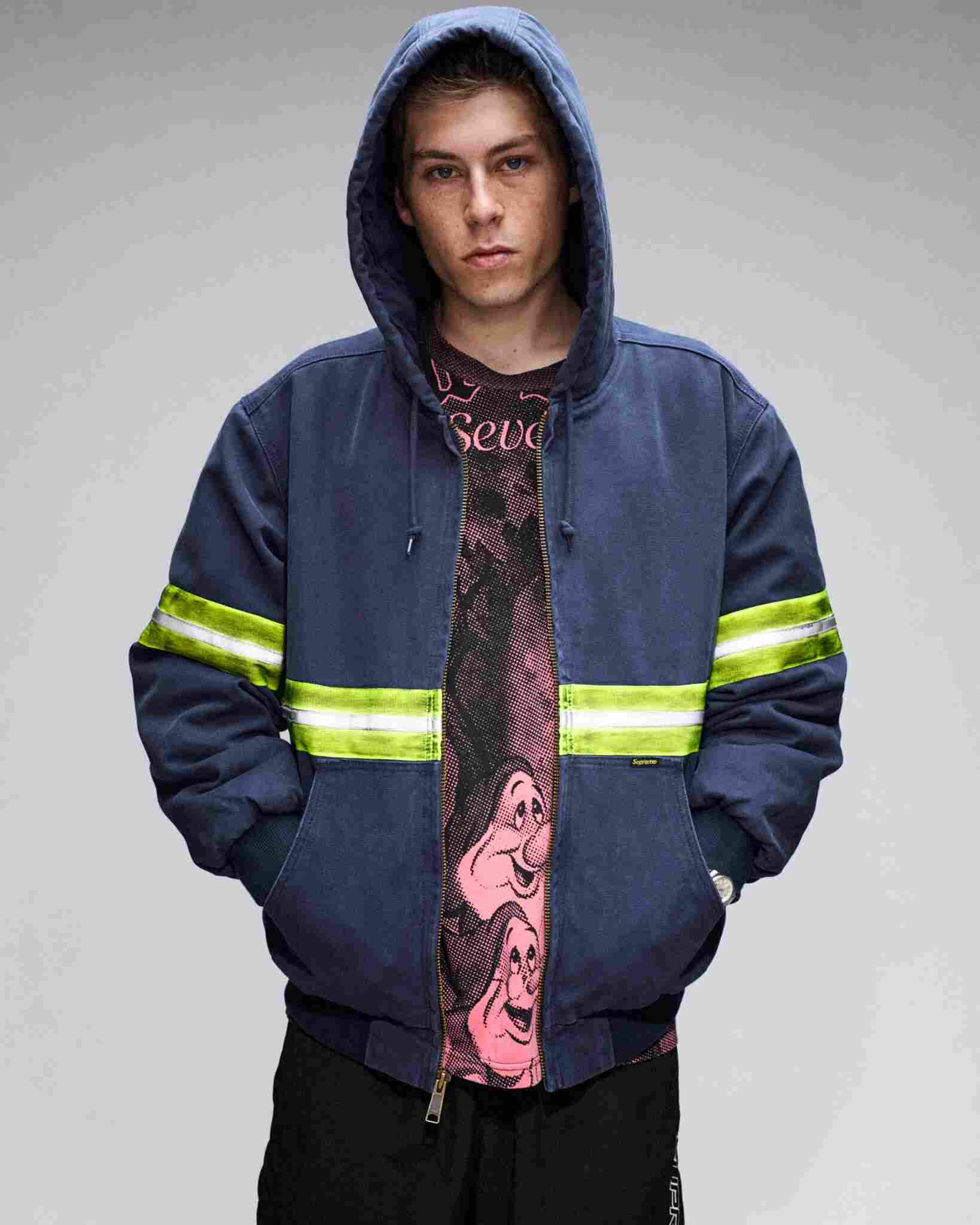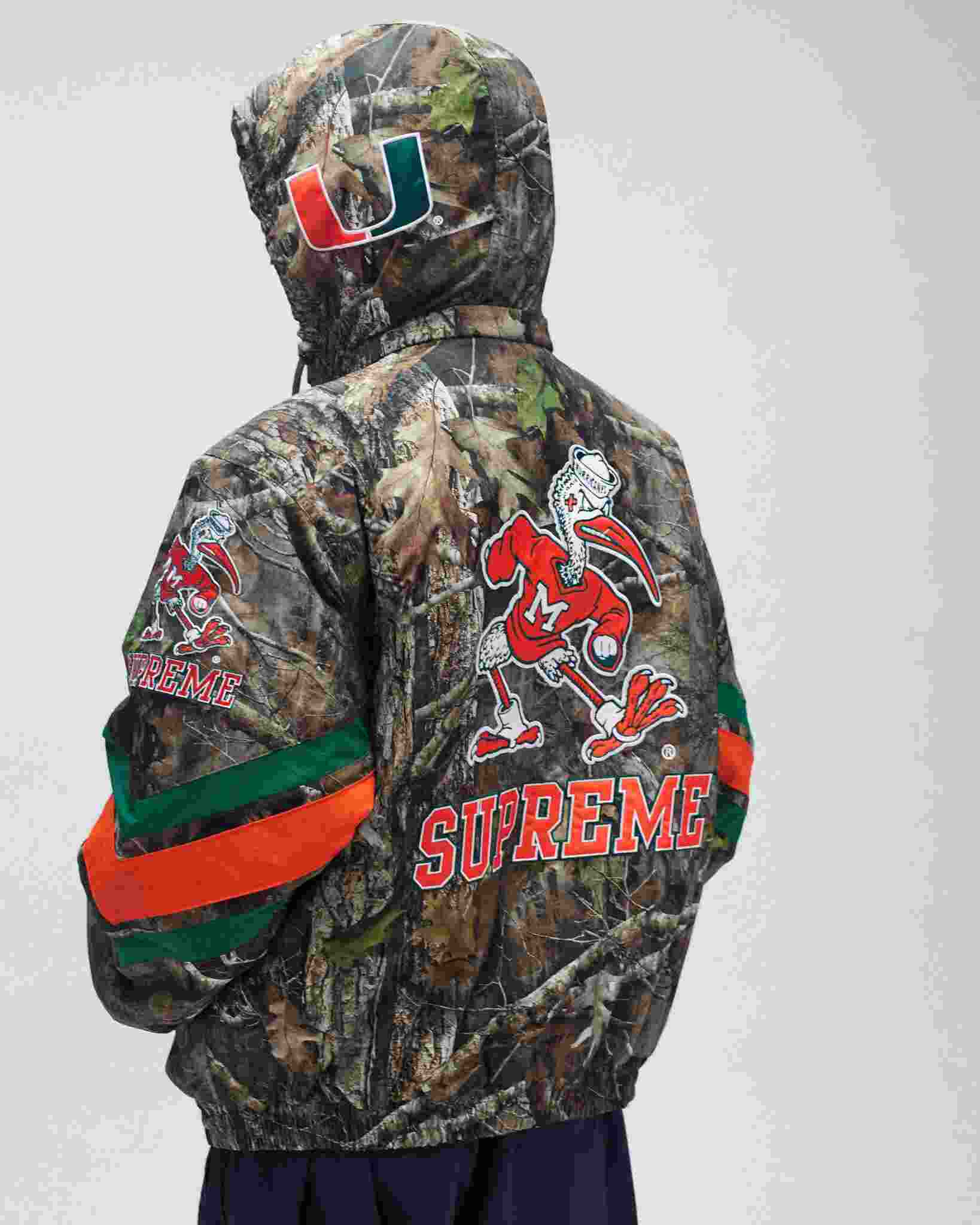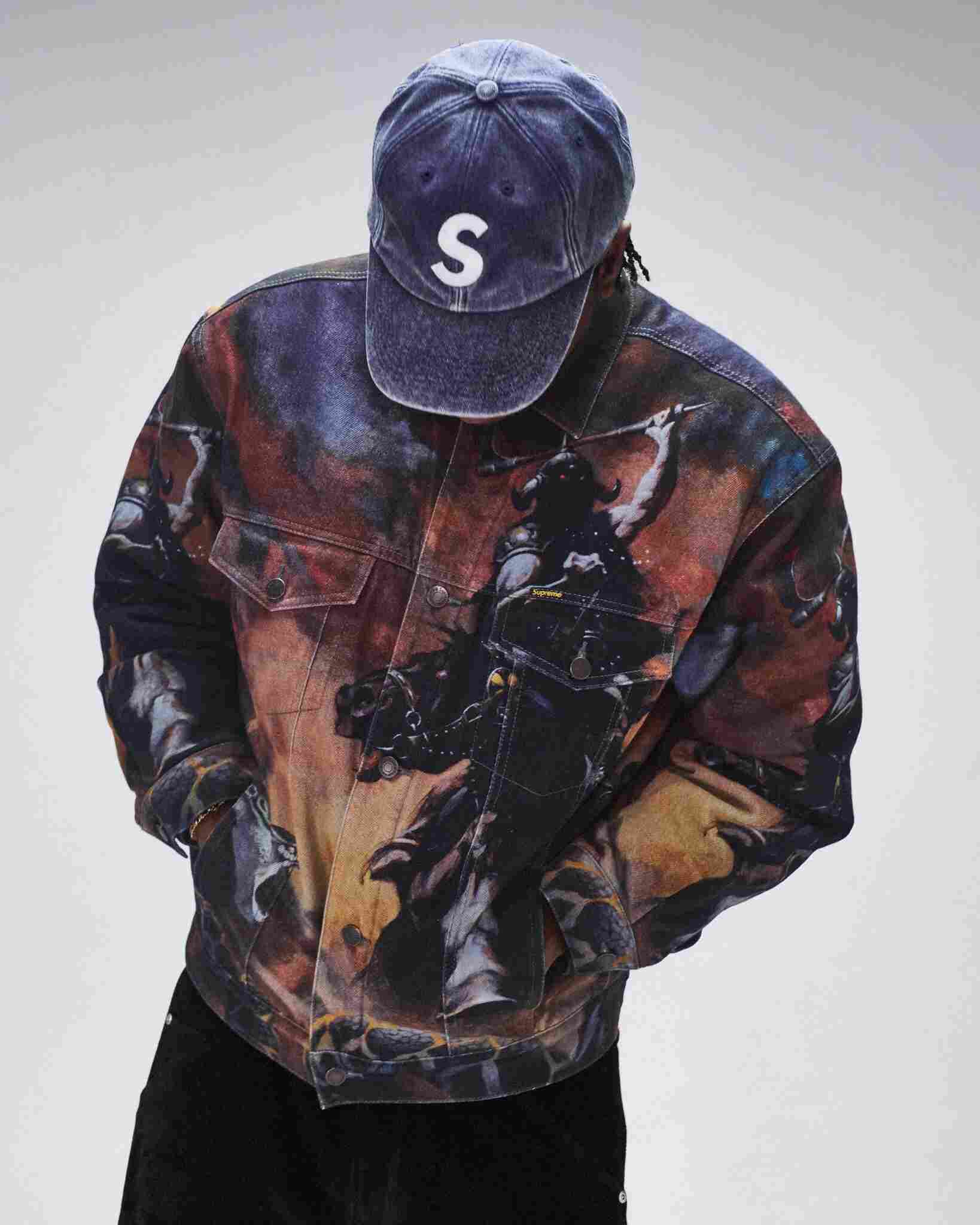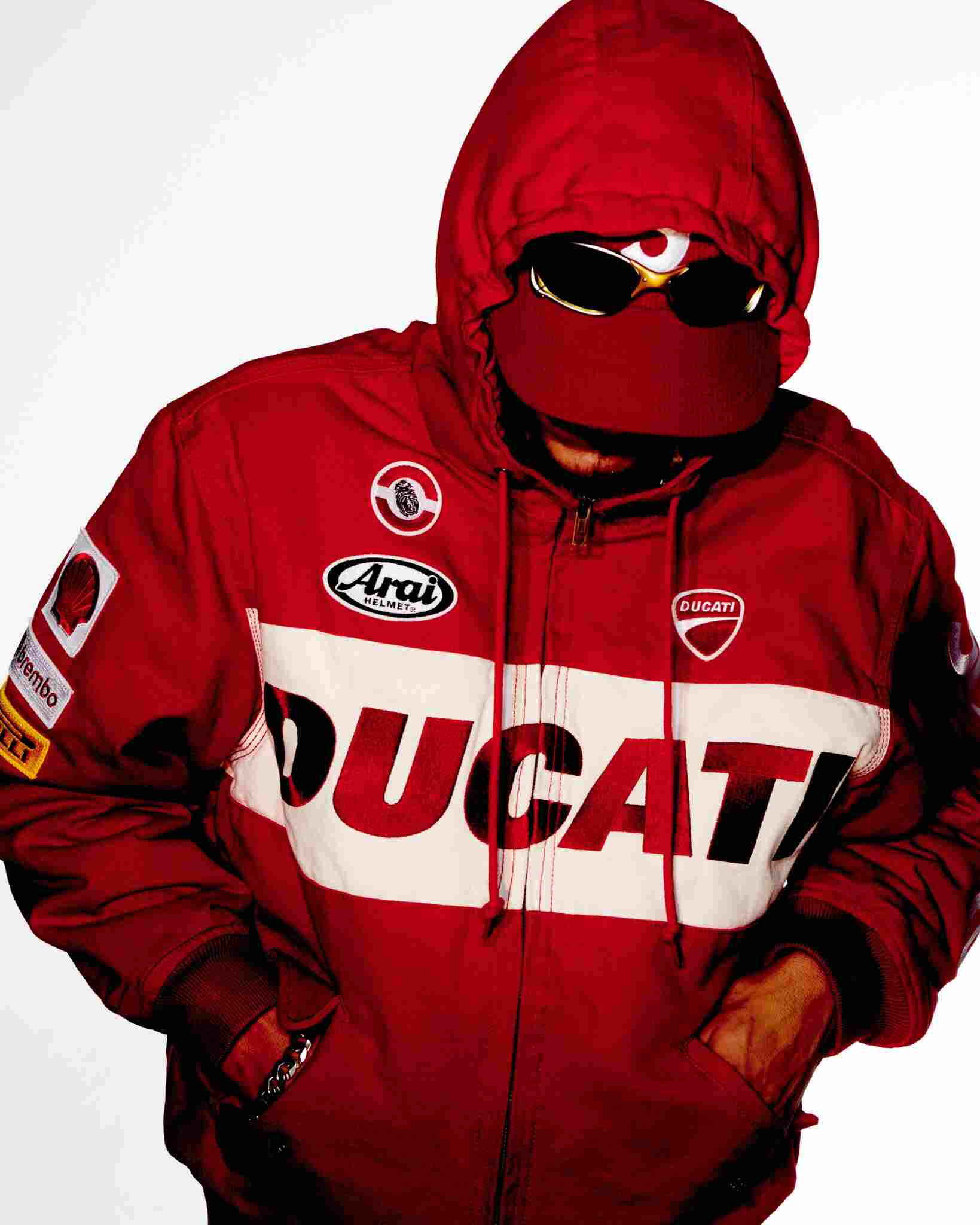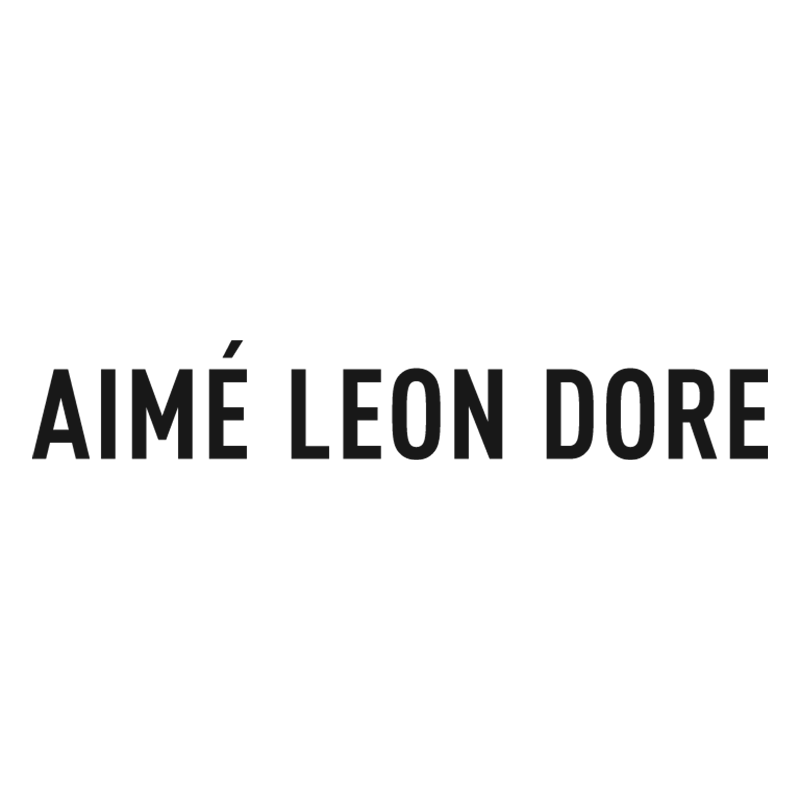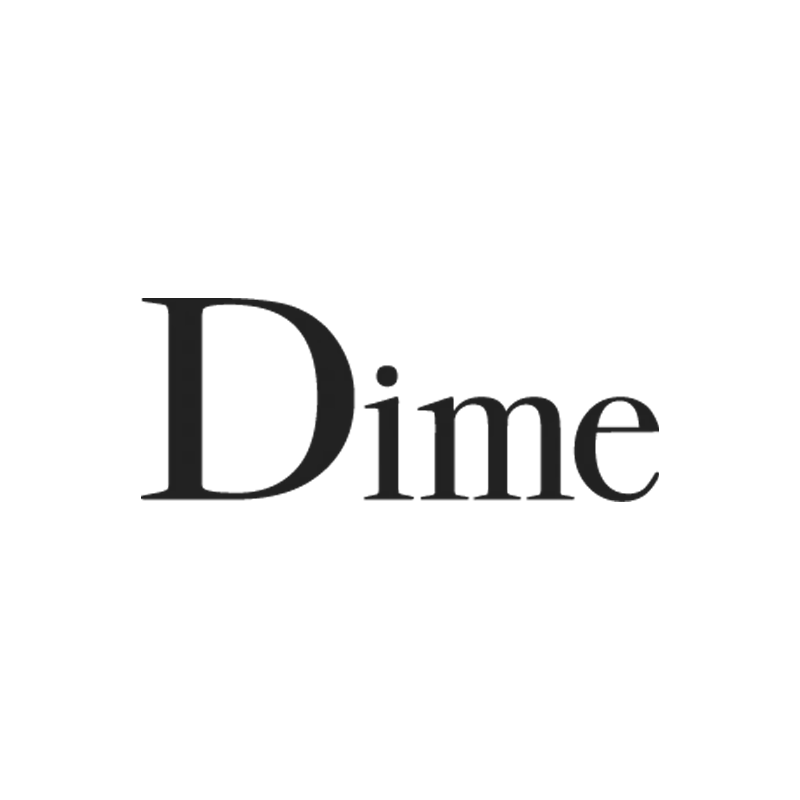Supreme’s Origins: A Foundation in Skate Culture
Supreme was founded in April 1994 by James Jebbia in the heart of New York City. Born in the U.S. but raised in the U.K., Jebbia brought a global perspective to street culture. Supreme began as a skate shop on Lafayette Street, designed with skaters in mind. The store’s layout was intentionally spacious, allowing skaters to shop without the hassle of maneuvering their boards or backpacks.
The 1990s were transformative years for skateboarding culture. As the sport gained popularity, there was a growing demand for apparel that was both functional and stylish. Jebbia envisioned Supreme as more than just a retail store; he wanted it to be a cultural hub where skaters and artists could converge. This grassroots approach was key to the brand’s early success, creating a strong connection with the local skate community.
Supreme’s Identity: Merging Culture with Style
At its core, Supreme represents authenticity, exclusivity, and a rebellious spirit. The brand’s red box logo, with its clean Futura Heavy Oblique font, is a nod to the conceptual art of Barbara Kruger. This design choice reflects Supreme’s commitment to blending artistic influences with streetwear. Supreme’s limited product releases, often in small quantities, create a sense of urgency and desirability, further amplifying its cultural cachet.
Supreme’s influence extends beyond skateboarding, becoming a staple in hip-hop, art, and fashion circles. The brand’s collaborations with artists like Damien Hirst and Takashi Murakami, as well as partnerships with global icons like Louis Vuitton, have cemented its position as a cultural trendsetter. From streetwear enthusiasts to luxury fashion aficionados, Supreme has built a fan base that spans generations and demographics.
Supreme’s Product Range: From Apparel to Lifestyle
Supreme’s product range is synonymous with streetwear culture. Iconic items like the box logo T-shirts and hoodies are coveted worldwide, often selling out within minutes of their release.
In addition to apparel, Supreme has expanded its catalog to include skateboards, accessories, and unique lifestyle items. Quirky products like the Supreme-branded brick, crowbar, and pinball machine exemplify the brand’s playful yet innovative approach to product design. This willingness to push creative boundaries has solidified Supreme’s reputation as a leader in the industry.
Collaborations: Supreme’s Key to Global Appeal
Supreme is renowned for its high-profile collaborations, which bridge the gap between streetwear and other cultural domains. One of the most notable was the 2017 partnership with Louis Vuitton, which marked a turning point in the relationship between luxury and street fashion. Other collaborations with brands like Nike, The North Face, and Rimowa have resulted in products that combine functionality with Supreme’s signature style.
Supreme frequently works with influential artists, incorporating their designs into limited-edition collections. These collaborations, such as the COVID-19 relief project with Takashi Murakami, highlight the brand’s commitment to community engagement and artistic innovation.
What to Expect in the Future
Supreme remains deeply connected to its skateboarding roots while continuously expanding its cultural influence. Its mission is to innovate and deliver high-quality, exclusive products that resonate with its audience.
As Supreme moves forward, it aims to maintain its relevance through strategic collaborations and global expansion. Acquired by VF Corporation in 2020, the brand has the resources to grow its retail footprint while staying true to its ethos. With plans for more flagship stores and unique product lines, Supreme’s legacy as a cultural icon is set to endure, inspiring future generations of creatives, skaters, and fashion enthusiasts.


